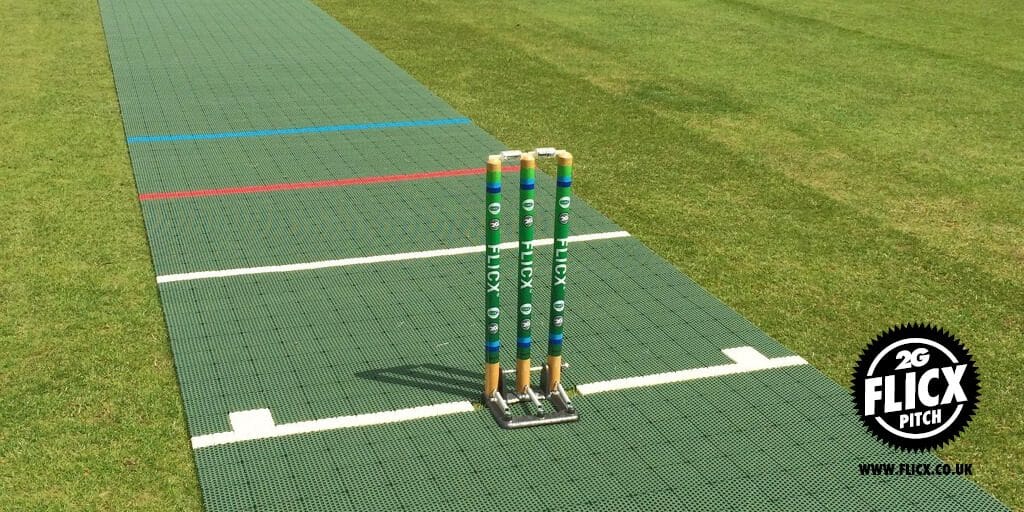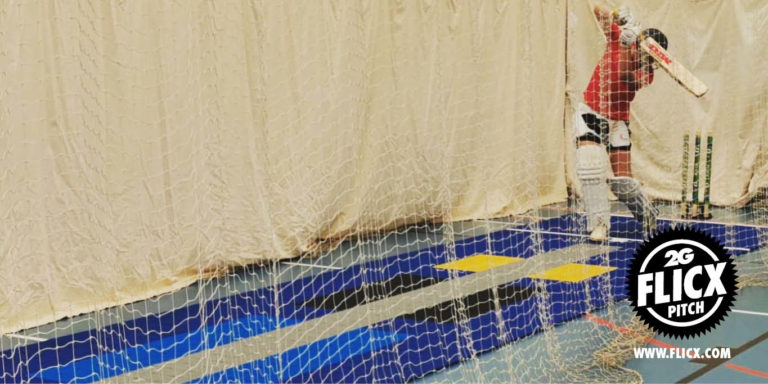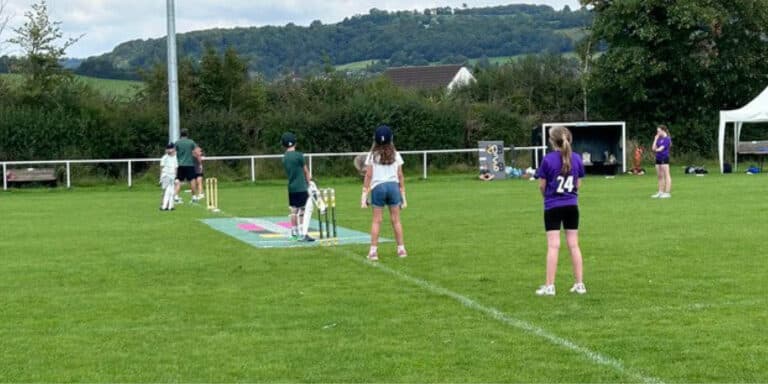Pitching In … Our take on recent developments in the structure of youth cricket

Cricket is undoubtedly changing. Day/night test matches, a £1.7m fee for Ben Stokes at the IPL auction, flashing stumps and big sponsors but perhaps the biggest changes in the game currently are occurring globally at grass roots levels. In the UK, the ECB has just launched All Star’s Cricket (a mass participation program providing children aged five to eight with a great first experience in cricket) whilst down under Cricket Australia has just announced some major changes to their junior game formats following a successful nationwide pilot program where children played on shorter pitches in smaller teams.
“The changes provide more appropriate game formats, pitch length and number of players on the field for children at various stages of their development and experience,” said former national captain Belinda Clark.
The obvious aim of these initiatives is to boost participation; but at the same time, we see much more strain on facilities with clubs replying – “great but where are they going to play”. Some clubs cannot easily accommodate more juniors and you all too frequently hear of housing developments on playing fields and there has been a rise in the popularity of all weather, synthetic pitches for football and rugby. The cost, time and expertise to maintain a turf wicket are considerable and so it’s no surprise that the popularity of wickets such as the 2G Flicx Pitch has rapidly grown in recent seasons, coinciding with the advent of our new and improved tile which makes the pitch more versatile with good pace and bounce on a range of under-surfaces. Furthermore, our new multi age pitch means that you can used the same pitch for adults, colts and juniors just by moving the stumps from 20.12 to 18.12 to 16.12 metres (something that can be applied to new Australia pitch lengths too).
Converting grass fields which are typically rugby or football fields into cricket pitches for the season is a popular application whilst we are also seeing clubs laying the 2G Flicx Pitch on old or worn astro strips to give them a new lease of life. The cost of our portable 2G Flicx Pitch solution vs an average NPT is 1/3 so it’s really a no brainer in terms of adding additional playing and training capacity more cost effectively plus the surfaces last for years. One match pitch can be moved by one person using our safety trolley and then easily split into two batting ends which can be laid on the outfield for Kwik cricket. Preparation time is shortly and maintenance minimal and the softer 2G tile offers excellent grip and good seam and spin performance.
In our busy lives, statistics are saying that we no longer have time to give up our whole Sunday to play cricket and shorter formats of the game are becoming more popular or more informal cricket utilising different spaces for example on beaches, playgrounds and car parks. Having taken cricket to the top of Mt Kilimanjaro, the 2G Flicx Pitch really is a product that means you can play anywhere. Likewise, bright colours and branding options are helping to attract and retain kids in the sport, whilst developing their batting and bowling skills with visual targets. Perhaps the day when we see a T20 game taking place on an artificial wicket isn’t too far away after all and hopefully it’s something that the traditionalist will in time be able to embrace as the future success of the game, could depend on it.

Download your
Free brochure
Download your free copy of the 2023 2G Flicx Pitch Brochure for the world’s most versatile cricket pitch.







